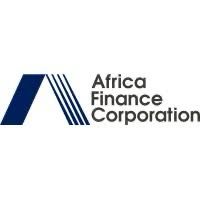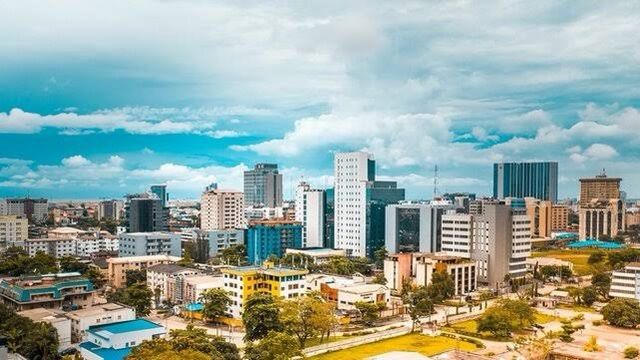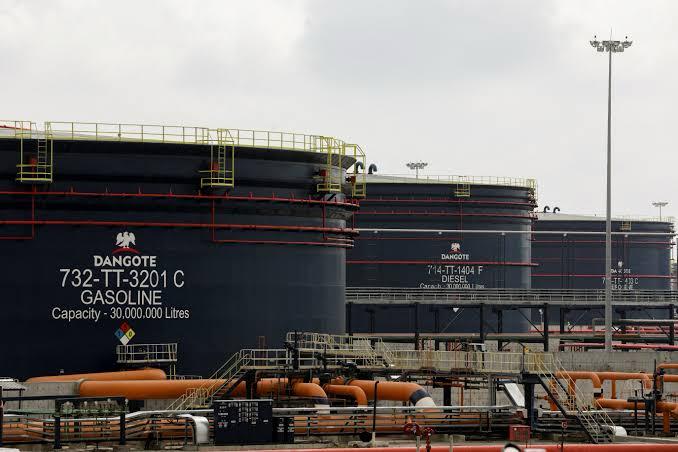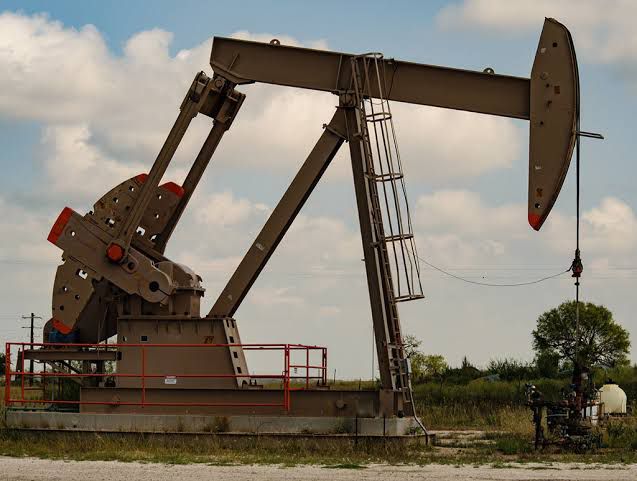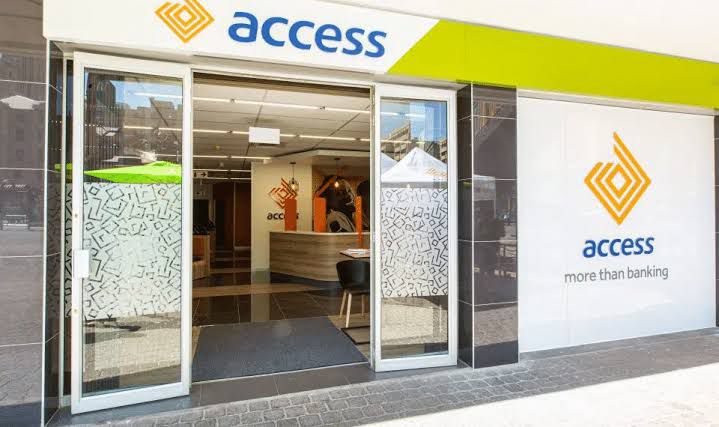Africa finance corporation (AFC) reveals that Africa institutional assets (pension, insurance, sovereign funds), commercial bank assets, and foreign currency reserves; are worth over $4 trillion– stating with these capital the continent could champion its own Economic Revolution, by critical investments in Energy, transportation& logistics, industry manufacturing and digital infrastructure. AFC noted that if effectively “intermediated” this conservative capital would drive economic growth and Africa won’t have to wait for donors, investors or loans to finance its development.
Over the past year, infrastructure has consistently proven itself as a critical driver of Africa’s economic resilience and long-term transformation. It is the platform through which jobs are created, goods are moved, energy is accessed, and innovation-driven sectors and climate goals are realized.
Africa’s infrastructure challenge is not merely a gap to close—it is a generational opportunity to shape new markets, catalyze investment, and lay the foundations for broad-based, sovereign-led prosperity; leading to AFC clamoring for the utilization of domestic savings to close the continent infrastructural gaps as foreign donors prioritizes their own country’s agenda– which has made it a bit difficult for Africa to get credits.
Samaila Zubairu President & CEO of AFC said “we believe it is time to change the narrative”.
In the State of Africa’s Infrastructure Report 2025, published by AFC. The corporation made sound arguments and calls on relevant stakeholders, government and development partners in Africa to come together— combine their nations domestic resources, towards the Economic transformation of the region. Specifically, the Report provides a conservative estimate of over $1.1 trillion in long-term institutional capital from pensions, insurance, sovereign wealth funds, and public development banks, along with $2.5 trillion in commercial banking assets and over $470 billion in central bank reserves.
The AFC made reference to the Asia where rapid industrialization was financed predominantly through local savings and financial intermediation mechanisms.

Mobilizing Pension fund: Africa Domestic capital pool.
Africa stands at a demographic inflection point; With the continent’s working-age population growing faster than anywhere else globally, posing a critical window to mobilize long-term domestic capital through pension and insurance systems before population ageing begins to set in. “This is not only social imperative—it represents a strategic opportunity to expand the continent’s investible capital base and finance its development ambitions from within.” AFC noted
The report noted the pension and insurance funds ($777 billion) and sovereign wealth and development banks ($400 billion) are underexposed to long-term investments while commercial banks remain under- leveraged. “Unlocking these domestic resources at scale is essential to finance Africa’s infrastructure, industrialization, and inclusive growth.”
However, in many sub-Saharan economies, the informal sector accounts for up to 90% of total employment, placing the majority of workers beyond the reach of contributory pension systems. As a result, pension assets remain heavily concentrated among public sector and formal private workers; leading to low pension participation across most African countries. The AFC pointed that “Yet the untapped potential is substantial”.
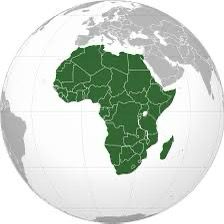
The AFC encouraged African leaders to integrate the large informal sector workers into the pension system, by making it flexible through mobile payments initiatives. The corporation also noted that pension funds across most African countries are skewed towards short-term investments. AFC further argued that “Without targeted reforms to realign incentives, expand the investable universe, and strengthen asset manager capabilities, the continent risks missing a critical opportunity to leverage its domestic capital base for transformational investment.”

Encouragingly, a growing number of African countries have begun implementing concrete measures to redirect pension capital toward the productive sectors of the economy. These reforms are aimed at broadening the investment landscape to support greater private sector participation and more strategic capital allocation to priority sectors such as transport, energy, digital infrastructure, and manufacturing.
Transportation&Logistics
Upgrading Africa’s transport and logistics infrastructure is essential to unlocking industrialization, supporting rapid urbanization, and advancing the continent’s ambitious intra-African trade goals. Delivering on these objectives will require a modern, integrated, and climate-resilient network spanning roads, railways, ports, airports, and critical logistics assets such as dry ports, container depots, and border facilities.
Meanwhile the AFC stated that integrating domestic savings for transportation infrastructure would connect the region and boost trade operations across Africa — while noting that “Access to funding has forced most African governments to spend on rehabilitating old railway lines rather than embark on Greenfield expansions.” However, “public investment plans in selected countries along with growing private sector participation in commodity-driven logistics will change Africa’s railway landscape over the coming years.”
Multilateral funding remains critical to supporting transportation expansion in Africa. Approximately 90 percent of the continent’s transportation infrastructures are publicly owned and constrained by limited investment capacity, underscoring the continued importance of development finance and multilateral support.

Unified African grids the only way to Energy Efficiency
Africa’s energy shortfall is the single biggest constraint on economic transformation and the continent’s most underappreciated investment opportunity. Electricity generation is growing at less than 2% per year—well below population and GDP growth—leading to a decline in per capita electricity consumption for the first time in two decades. This signals not just a crisis of access, but a failure to scale, at a time when Africa must dramatically expand energy use to drive industrialization, competitiveness, and private sector growth.
Delivering energy at scale will require a fundamental shift in ambition, coordination, and capital mobilization. Africa needs to add at least 16 GW of new grid-connected generation capacity annually until 2050 and invest $3.2–4.3 billion per year in transmission infrastructure to meet even its most basic growth targets. This opens vast investment opportunities across solar PV, gas-to-power, hydropower, battery storage, and grid modernization
The report stated that Unified African grids are the only way to unlock scale, reliability, and resilience. Cross-border interconnectors are already displacing expensive thermal power with cheaper hydropower, reducing curtailment, and expanding market access. The African Single Electricity Market (AfSEM) offers a roadmap toward one continental market—but realizing it will require investment in transmission corridors, regulatory harmonization, and coordinated planning across borders.
However, without a strategic framework, 560–570 million people in Africa will still lack electricity access by 2030 – unchanged from today’s level. But with the right investments and reforms, Africa can build the world’s most dynamic, integrated, and future-ready energy system—powering growth for the next generation.

To “correct course” State of Africa’s Infrastructure Report noted that the continent can tap into the world’s most underutilized energy resource base. Africa is home to the largest untapped hydropower potential, the largest conventional geothermal reserves, and receives some of the highest solar irradiation globally. The pipelines of planned generation projects reflect this potential and are evolving towards a greater mix of renewable and gas. “But these resources remain largely stranded due to weak infrastructure and limited investment—turning abundance into constraint.” The report emphasized.
Industrial , Agricultural Mobilization
AFC report noted that “Steel must be treated as a strategic industrial commodity for Africa.” Highlighting the surge in iron ore supply expected from West and North Africa, the continent has a window of opportunity to localize value creation—by centralizing ore-to-steel processing in energy-rich hubs and connecting them to fabrication markets. But failure to act now could see African ore continue to feed global supply chains, while the continent imports finished steel at high cost.
Meanwhile, the continent spends over $100 billion in scarce foreign exchange importing food each year— despite being home to over 60% of the world’s remaining uncultivated arable land. The AFC argued that investing in capital-intensive, climate-resilient agriculture; the continent can transform its food systems and build the productive capacity needed to feed 2.5 billion people by 2050. “This transformation requires more than on-farm improvements—it demands a connected infrastructure ecosystem, including irrigation, rural roads, storage depots, rail corridors, and agro-processing zones.”
Fertilizers represent Africa’s most immediate industrialization and import-substitution opportunity. With abundant gas reserves for urea, world-class phosphate deposits, and untapped potash reserves, the continent has all the ingredients to meet its own fertilizer demand—if regional supply chains are developed and financed at scale. Strategic opportunities include: diversifying phosphate supply beyond Morocco by developing new hubs North and West Africa; building sub-regional urea production clusters in gas-rich markets like Senegal, Angola, Tanzania, and Mozambique; and unlocking Africa’s first potash mines in Morocco, the Republic of Congo, and the Horn of Africa.
Furthermore, the report emphasized that Fuel logistics must evolve into an integrated, cross-border system— linking pipelines, rail, and multimodal terminals. Replacing fragmented trucking routes with modern corridors will lower distribution costs, decongest ports, and strengthen regional energy trade. West Africa, with its population density and fragmented fuel distribution, is a prime candidate for regional action around coastal storage, inland depots, and cross-border pipelines.
Digital infrastructure development .
Over the last decade, Africa successfully reduced its mobile internet coverage gap, bringing mobile internet connectivity to hundreds of millions of people. In 2023, the continent’s coverage gap had decreased to 11% – down from 41% in 2015. Yet, despite significant progress made in bringing Africa’s booming and young population into the digital economy, growth in digital adoption is not fast enough to bridge the continent’s connectivity deficit– for in 2014 over 60% of Africans still had no access to internet.
While mobile internet coverage now reaches over 90% of the population, digital adoption still lags. Only 4 in 10 Africans are online, with gaps driven by affordability constraints, limited device access, and uneven broadband quality. Fixed broadband and 5G coverage remain minimal across most of the continent. The report noted that reducing data costs is essential, but meaningful digital inclusion also requires market liberalization, digital literacy, and the growth of inclusive digital ecosystems that enable productive use of technology and services.
With most internet traffic concentrated in urban centers, rural areas remain underserved—yet they represent the next frontier for digital growth. Targeted interventions in rural connectivity, device affordability, and last-mile infrastructure offer a powerful opportunity to expand usage, tap into new consumer markets, and drive inclusive digital transformation.
New high-capacity cable landings across Africa present a strategic opportunity to anchor middle-mile infrastructure; including terrestrial fiber, IXPs, and data centers. If scaled effectively, this backbone can connect underserved markets and unlock inclusive digital growth. Nigeria, Egypt, and Kenya are emerging as hubs—but an estimated $7 billion in annual investment is needed to close the data infrastructure gap continent-wide.
The continent presents the most compelling value proposition for digital infrastructure growth globally, driven by its unmatched demographic expansion, rapid urbanization, and rising demand for data-driven services. With the world’s youngest and fastest-growing population, the continent stands on the cusp of a digital revolution that could unlock unprecedented economic opportunities. As cities expand and mobile penetration deepens, demand for reliable internet access, digital platforms, and cloud-based services is surging. Samaila Zubairu President & CEO of AFC, emphasized on the urgency of implementing the report, he said “Africa no longer has the luxury of incremental progress.” Stressing that the continent needs stronger collaborations between countries and “deeper public-private partnerships.” He however, described the state of Africa infrastructure report as a “strategic blueprint for Africa’s infrastructure-led transformation”.



